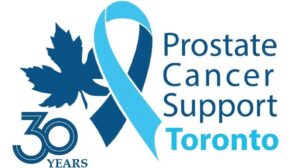Risk of Prostate Cancer Reclassification Varies With Time
The rate of reclassification during surveillance is not equally distributed across time or risk groups. Due to misclassification at the time of diagnosis, the rates of reclassification between very-low-risk and low-risk groups are similar within the first two years but differ significantly beyond two years. The risk of reclassification falls over time with each non-reclassifying biopsy beyond two years. Read the article.
Risk of Prostate Cancer Reclassification Varies With Time Read More »

